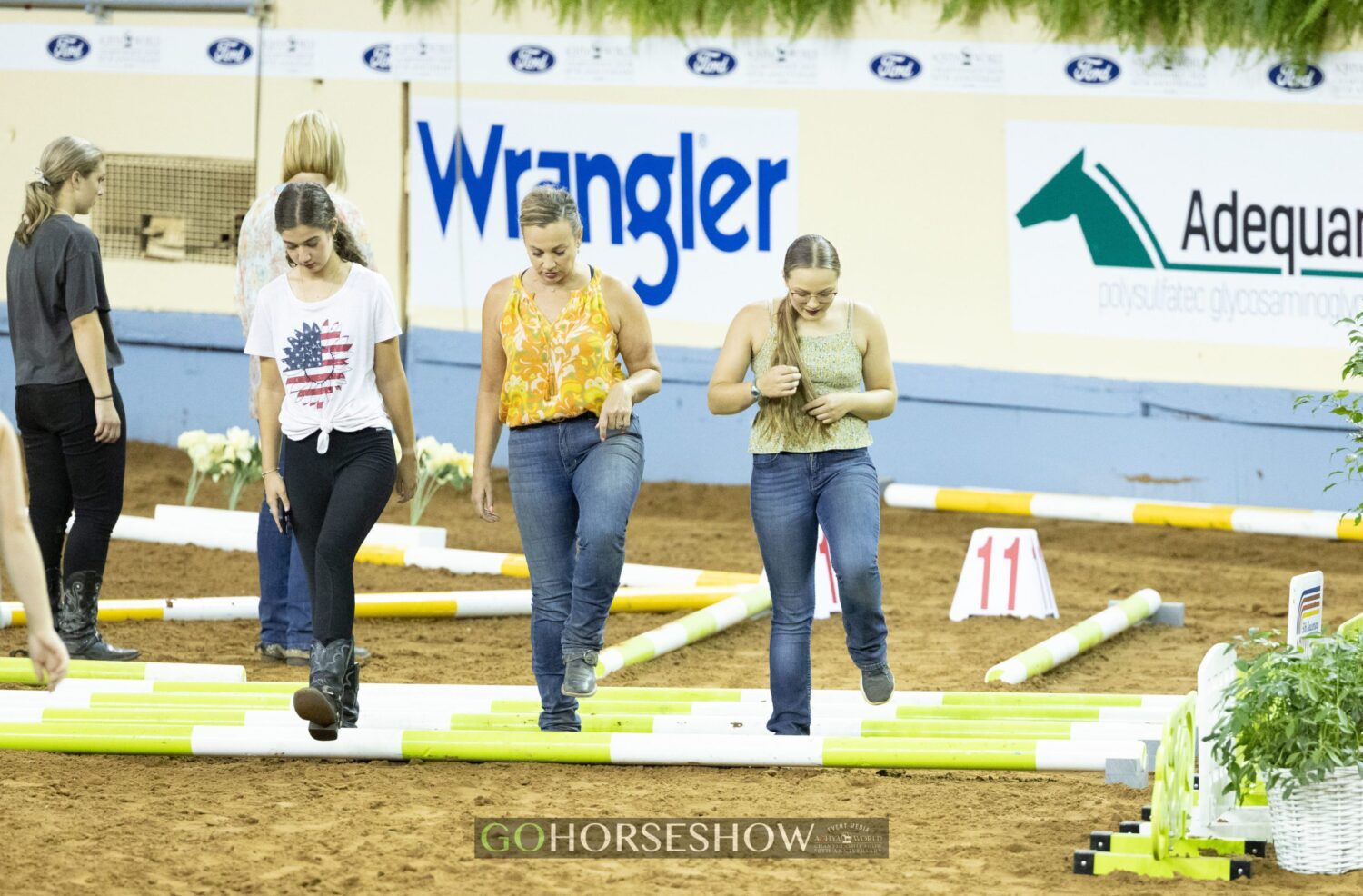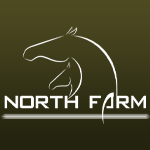Warm up pens are organized chaos at best: riders zigging while others zag, some training hard while others walk leisurely down the rail, some extending the lope while others school hindquarter turns. A trail warm up pen is all of that – plus obstacles. It can be chaotic, but it is key to a successful pattern during show time. Here, trainer Torey Roderick shares some of her tips on etiquette in the trail warm up pen to help riders navigate the chaos.
“The trail warm up can be stressful for many non-pro riders, especially if they’re anxious in traffic. It can be crowded with many horses, and if the patterns call for it, sometimes people will be practicing obstacles from both directions. Though it’s possible to hit a quiet warm up at the big shows, it’s hard to do unless it’s very early or late at night,” Roderick says. Thus, there is a need for some general etiquette guidelines.
Before you even enter the warm up pen, Roderick advises to make sure you:
1. Know your pattern. If you must stop in the middle of the road to read your map, you’re likely causing problems for other riders.
2. If you want to walk the warm up course on foot before mounting up, be aware of horses and give them the right of way.
3. Before stopping and backing up, know whether horses are coming up behind you.
4. Look up. “This is hard!” Roderick admits. “The nature of this class demands that the majority of our focus be in the dirt where we want to travel, where we want the horse to leave the ground, or ‘the sweet spot’ for each pole. It works because looking up and ahead is necessary to get down a working hunter or equitation over fences line. During warm up, you’ll have to stay focused on your work but not so focused that you collide with another exhibitor.”
5. Pick a safe place if you’d like to stand still to watch or need to school someone. The center of a pinwheel or an end cap right next to a flower box are good options. Never stand in the path of travel.
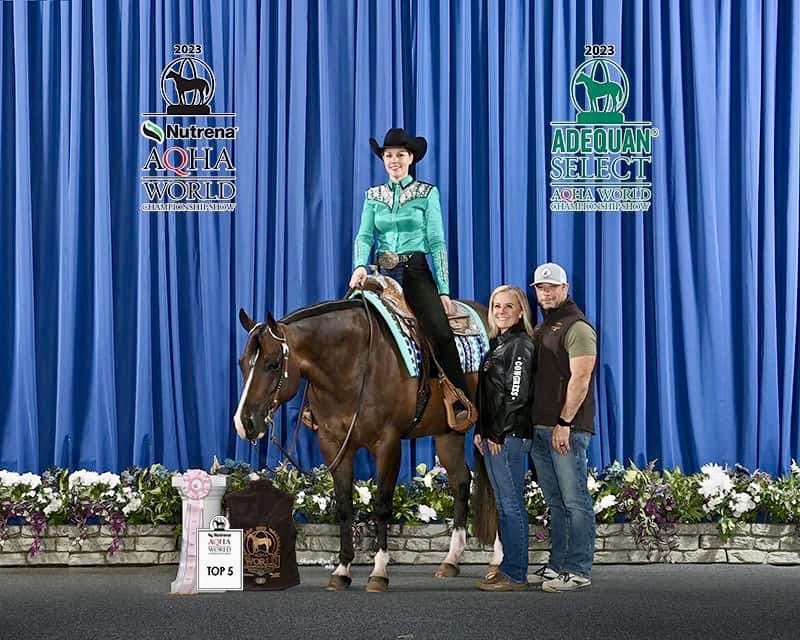 Once you’ve committed to those general rules, understand that much of warming up in this environment is about common courtesy. “If it’s a quiet warm up with only a few people, I might take advantage of it and spend longer schooling a horse or a student on a specific obstacle. If it’s 10 p.m. and the entire show grounds is waiting to warm up, I try to move it along,” Roderick says. “Even if it is a quiet warm up, try to pay attention and let others use the obstacle if you’ve been occupying it for some time. Come back to it if need be.”
Once you’ve committed to those general rules, understand that much of warming up in this environment is about common courtesy. “If it’s a quiet warm up with only a few people, I might take advantage of it and spend longer schooling a horse or a student on a specific obstacle. If it’s 10 p.m. and the entire show grounds is waiting to warm up, I try to move it along,” Roderick says. “Even if it is a quiet warm up, try to pay attention and let others use the obstacle if you’ve been occupying it for some time. Come back to it if need be.”
Common courtesy also applies if your horse has disturbed an obstacle during practice. “Sometimes fixing a disturbed obstacle is harder if riders don’t have a ground person with them, though most folks will look around and help a fellow exhibitor if they’re on foot,” Roderick says, adding that this is something she encourages everyone to do. She teaches her students to look around and fix any poles that have fallen off blocks or look out of place.
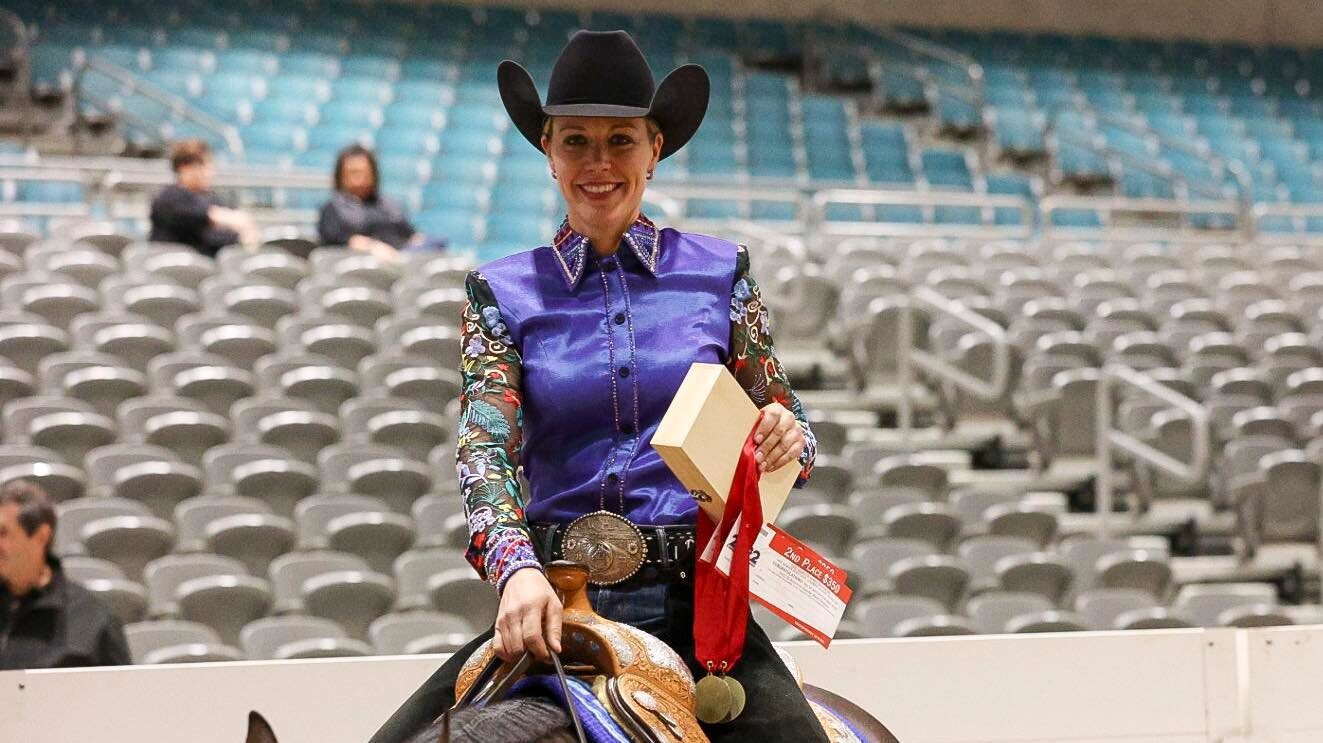 “It’s helpful to everyone and will keep things moving. One of my pet peeves is when a ground person quickly removes the blocks and haphazardly drops, chucks, or otherwise leaves the poles in a way that makes it difficult for the next exhibitor. Luckily, not many people do this, but it does occur. It’s not amusing, and it won’t give the rider an edge, so why not help each other out and be courteous? When you take your blocks, set the poles back down in a usable fashion,” Roderick says.
“It’s helpful to everyone and will keep things moving. One of my pet peeves is when a ground person quickly removes the blocks and haphazardly drops, chucks, or otherwise leaves the poles in a way that makes it difficult for the next exhibitor. Luckily, not many people do this, but it does occur. It’s not amusing, and it won’t give the rider an edge, so why not help each other out and be courteous? When you take your blocks, set the poles back down in a usable fashion,” Roderick says.
Another item to remember is exhibitors who may be practicing a line of travel. While perhaps they are just loping from one obstacle to the next, they may be counting strides, so being mindful and aware of others is important no matter where a horse is on the course.
“I always try to yield to somebody committed to a line, sequence, pinwheel, or the like. It’s hard to stop in the middle and can damage a young horse’s or novice rider’s confidence. We all make mistakes and encounter obstacles that somebody else has already encountered. An organized stop or a deliberate move to exit the obstacle is always better than bumper cars,” Roderick advises.
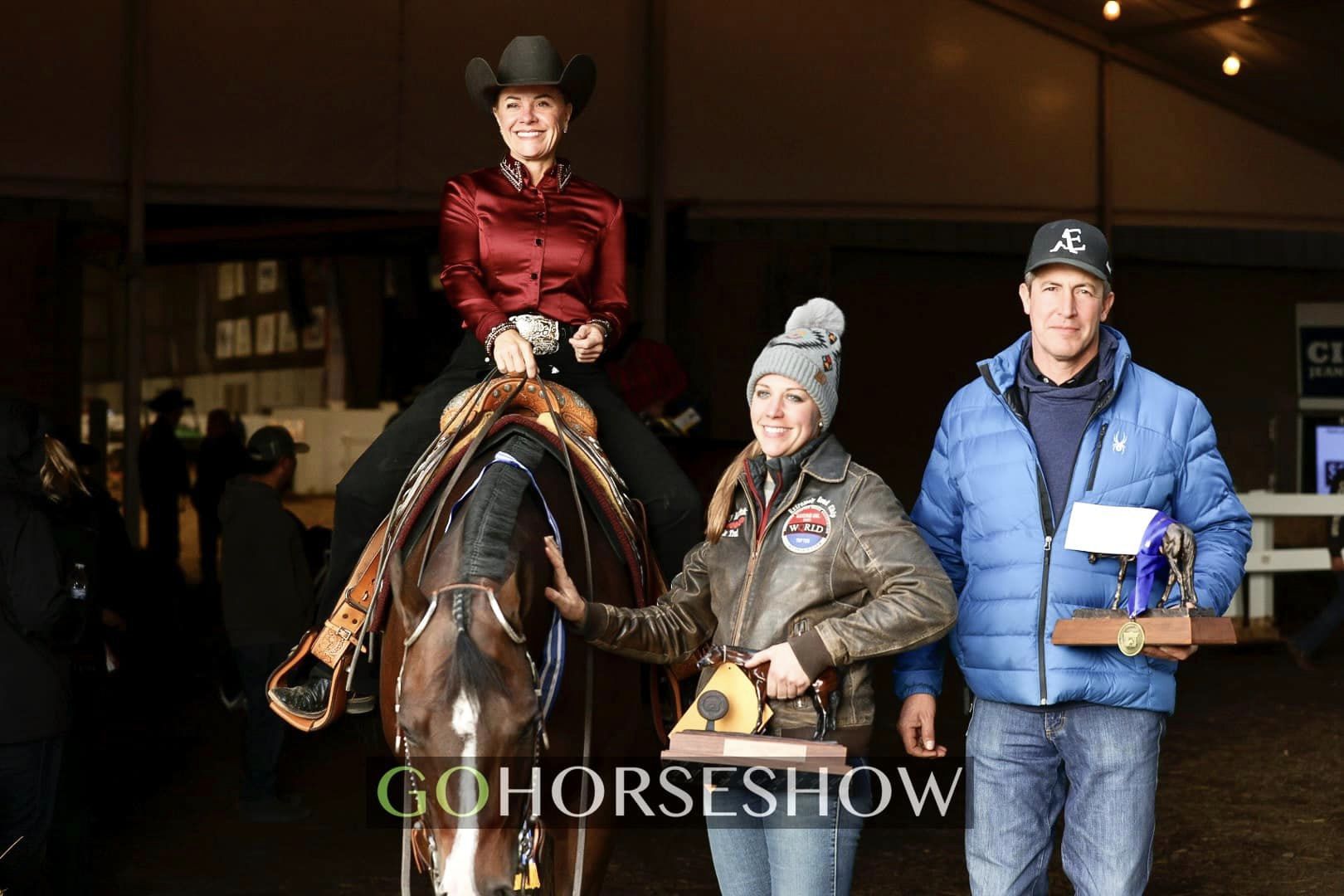 On this note, one tip Roderick shares with her riders is to stay in the same gear and work in the same direction on an obstacle even if they have to exit. “For example, if they’re working a left lead pinwheel and can’t get in because of traffic, they might lope around it on the left lead until they can enter, sort of like a rotary or roundabout. If they have to exit but are not finished, I try to have them maintain the left circle around the obstacle until they regroup and can get back in. When riders start darting left and right to avoid traffic, it’s more disruptive to themselves and others. Working on the right trot sequence and need to do it again? Turn right and continue trotting. This isn’t always possible, but when it is, I try to encourage riders to stay fairly close, go the same direction, and stay in the same gear to optimize the window in which you can get back into work that crowded obstacle.”
On this note, one tip Roderick shares with her riders is to stay in the same gear and work in the same direction on an obstacle even if they have to exit. “For example, if they’re working a left lead pinwheel and can’t get in because of traffic, they might lope around it on the left lead until they can enter, sort of like a rotary or roundabout. If they have to exit but are not finished, I try to have them maintain the left circle around the obstacle until they regroup and can get back in. When riders start darting left and right to avoid traffic, it’s more disruptive to themselves and others. Working on the right trot sequence and need to do it again? Turn right and continue trotting. This isn’t always possible, but when it is, I try to encourage riders to stay fairly close, go the same direction, and stay in the same gear to optimize the window in which you can get back into work that crowded obstacle.”
Remember, too, that the warm up pen is not the time to train your horse on an obstacle. At the show, it is not the time to teach the horse a new skill; instead, it is time to rehearse and fine-tune the skills already taught at home.
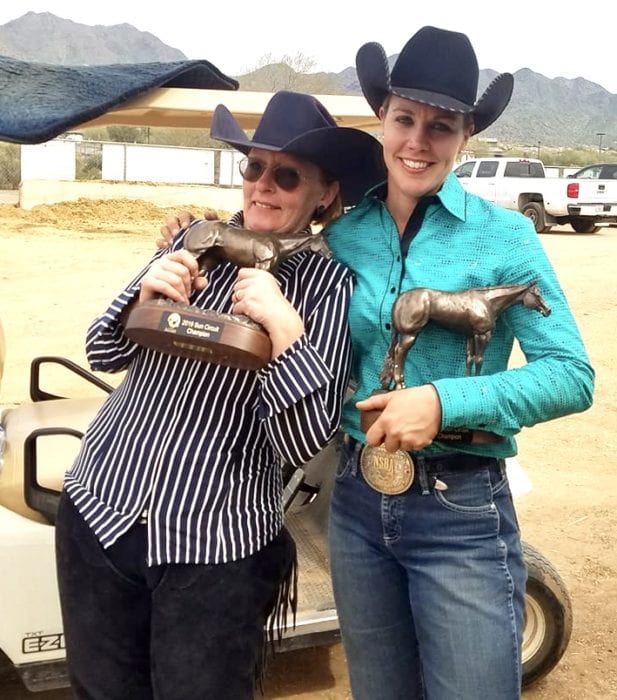 Finally, Roderick reminds Trail competitors that the purpose of the warm up pen is to help riders get a feel for the course and how the obstacles ride while bolstering confidence and preparedness.
Finally, Roderick reminds Trail competitors that the purpose of the warm up pen is to help riders get a feel for the course and how the obstacles ride while bolstering confidence and preparedness.
“If the conditions aren’t great – swarming bugs, bad footing, or too crowded – we will sometimes opt out of warmup. If I’ve got a rider who doesn’t practice great at night, the choice is always theirs. If they feel more prepared to show by getting more sleep and riding over a few poles in the morning than braving the 11 p.m. warm up with 50 other people, I go with that. It’s a confidence thing. If the warmup gives them confidence, I’m all about it. If the conditions of the warm up are going to cause my riders or horses to lose confidence, I opt out.”
Similarly, Roderick reminds riders never to obsess over an obstacle during the warm-up. “If it doesn’t ride great, I might get off and walk it to figure out why. I try not to fret about it and beat my horse up because there’s a good chance it might be set differently in the morning. Frequently, poles can be bumped around, or lines that measure well seem to not ride great for some reason. I do my best to get a feel for the obstacle in the warmup, but I make my final plan after walking the course on show day. I trust my horses and my eyes, so if a line doesn’t ride great after I’ve spent some time on it, I make the best of it and hope it rides better the next day. Typically, with fresh dirt, a fresh set, and fresh eyes from the designer and exhibitor, it does.”
Roderick illustrates the point by explaining how the trail warm up at the Congress in the Denny Hales Arena will not ride like the Celeste, nor is the outside covered pen in Oklahoma City the same as when they set the course in the Jim Norick Arena. For this reason, Roderick reiterates: “Your trail warm up is about helping you feel more prepared. Read your pattern. Read it again. Walk the course. Know your path like you know your drive home. The more automatic it is, the more successful you will be in your warm up and show day.” And success, of course, is the goal.


